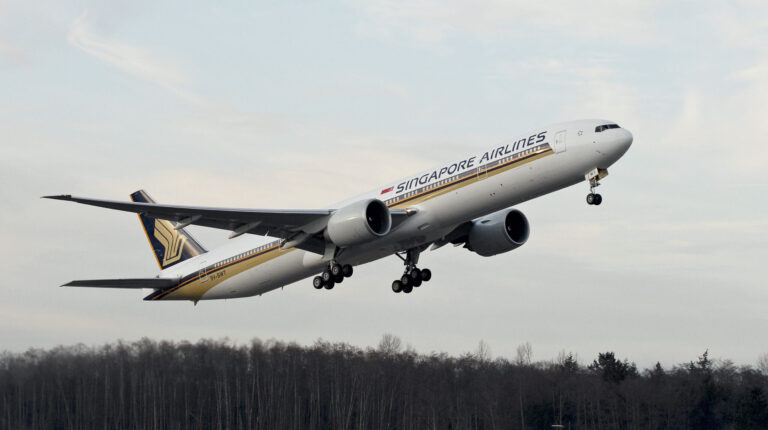The severe turbulence incident on Singapore Airlines’ flight this week has highlighted the danger of turbulence, and delivery expert Parcelhero has warned its impact on air freight and passengers is set to escalate.
“Meteorologists from the University of Reading released a report last year revealing that at a typical point over the North Atlantic (one of the world’s busiest flight routes) the total annual duration of severe turbulence increased by 55% from 1979 to 2020,” explained Parcelhero’s head of consumer research, David Jinks M.I.L.T.
“International goods and packages are not only transported in specially designed cargo planes. Many passenger aircraft, including the 777-300ER [which was the aircraft used by Singapore Airlines], are equipped with dedicated cargo holds to safely transport freight and small parcels. For example, Emirates says its 300ER aircraft are capable of carrying approximately 21,000kg of cargo in addition to a full passenger load.
“While the incidence of turbulence strong enough to cause fatalities is fortunately rare, the prevalence of turbulence has increased in recent years. Airlines must now consider how to manage the increased damage caused by turbulence to cargo, as well as plane wear and tear. The report [from the University of Reading] notes turbulence already costs the industry US$100m-US$150m annually in the US alone,” Jinks continued.
“This is also the reason why anyone sending an item overseas must carefully follow all packaging recommendations. Not only are packages repeatedly taken on and off conveyors at airports and subject to physical customs checks, but the increasing likelihood of turbulence means they must be packaged as carefully and securely as possible. Cargo is securely stowed in the bellyholds of aircraft but the growing likelihood of turbulence means every precaution must be taken.”


